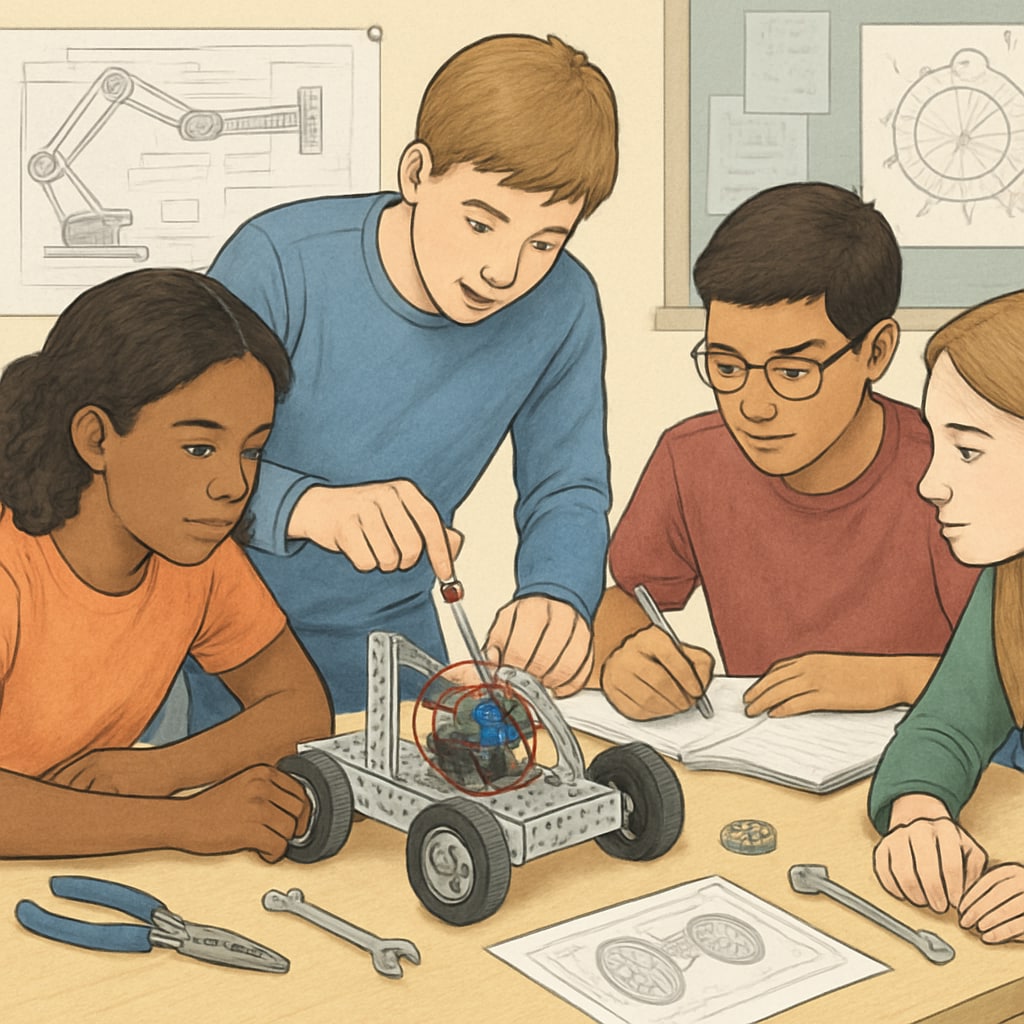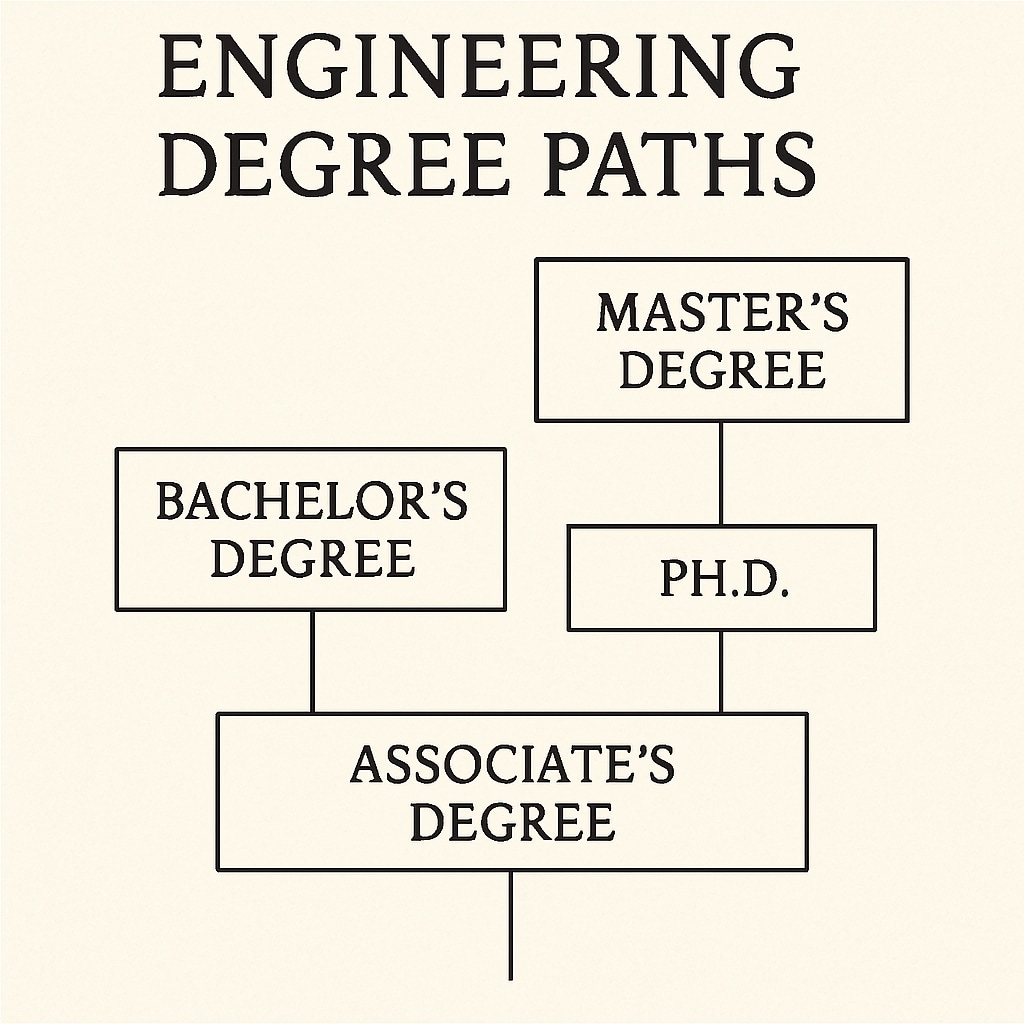Design engineering, degree choice, and career development are interconnected aspects that shape the trajectory of future professionals in this field. With the rapid evolution of technology and industry demands, laying a solid foundation during the K12 education phase is crucial for students aspiring to enter design engineering. This article explores how K12 education can prepare students for diverse degree paths and successful careers in this field, while also addressing challenges within current educational systems.
Building the Foundation: The Role of K12 Education in Design Engineering
K12 education plays a pivotal role in preparing students for future opportunities in design engineering. However, many schools face challenges in integrating engineering concepts into their curricula. For example, STEM (Science, Technology, Engineering, and Mathematics) education often focuses on theoretical knowledge, leaving little room for practical applications that foster creativity and problem-solving skills. To bridge the gap, educators should prioritize hands-on projects and interdisciplinary approaches that encourage design thinking—a mindset that emphasizes innovation and iterative problem-solving.
In addition, introducing students to fundamental engineering concepts early helps them understand their potential career options. For instance, exploring topics like mechanics, material science, and computer-aided design (CAD) can spark interest and provide a clearer picture of what a design engineering career entails.

Exploring Degree Paths: From Technical Diplomas to Advanced Engineering Degrees
After the K12 phase, students can choose from various degree paths in design engineering, each offering unique career opportunities. The most common options include:
- Associate Degrees: These programs typically focus on technical skills, such as CAD software proficiency and basic material analysis. Graduates are well-suited for entry-level roles in manufacturing or design support.
- Bachelor’s Degrees: A four-year degree provides a comprehensive education in engineering principles, mathematics, and design methodologies. It opens doors to roles such as design engineer, product developer, or project manager.
- Master’s Degrees: Advanced degrees allow professionals to specialize in areas like sustainable design, biomedical engineering, or artificial intelligence applications in design. These qualifications are ideal for leadership roles and research positions.
- Doctoral Degrees (PhD): Focused on innovation and academic research, these degrees prepare individuals for careers in academia or cutting-edge industry projects.
Choosing the right degree path depends on the individual’s career goals, interests, and financial situation. For example, a student passionate about hands-on design may prefer a technical diploma, while another interested in managing large-scale engineering projects might pursue a master’s degree.

Reforming Education: Strategies for Effective Career Preparation
To ensure students are adequately prepared for careers in design engineering, educational reforms are essential. Here are three key strategies:
- Integrating STEM with Design Thinking: Combining technical skills with creative problem-solving helps students develop well-rounded capabilities. Educators should emphasize project-based learning and collaborative activities.
- Expanding Access to Resources: Schools should invest in modern tools like 3D printers, robotics kits, and CAD software. These resources empower students to experiment and innovate.
- Establishing Diverse Evaluation Systems: Traditional testing methods often fail to measure practical skills. Incorporating portfolios, group projects, and presentations ensures a more comprehensive assessment of student abilities.
As a result of these reforms, students will be better equipped to navigate degree paths and career challenges in design engineering. For more information on STEM education reform, you can explore STEM education on Wikipedia.
Conclusion: Designing Futures through Education
The journey to a successful career in design engineering begins during the K12 education phase. By integrating STEM education, cultivating design thinking, and offering diverse evaluation methods, schools can empower future professionals to make informed decisions about their degree paths and career goals. Ultimately, these efforts contribute to a skilled workforce capable of driving innovation and solving complex challenges in the engineering design industry.
In summary: Early exposure to engineering concepts, practical applications, and tailored degree paths are essential for career development in design engineering. Educators, policymakers, and industry leaders must collaborate to ensure students are prepared for the evolving demands of this dynamic field.


